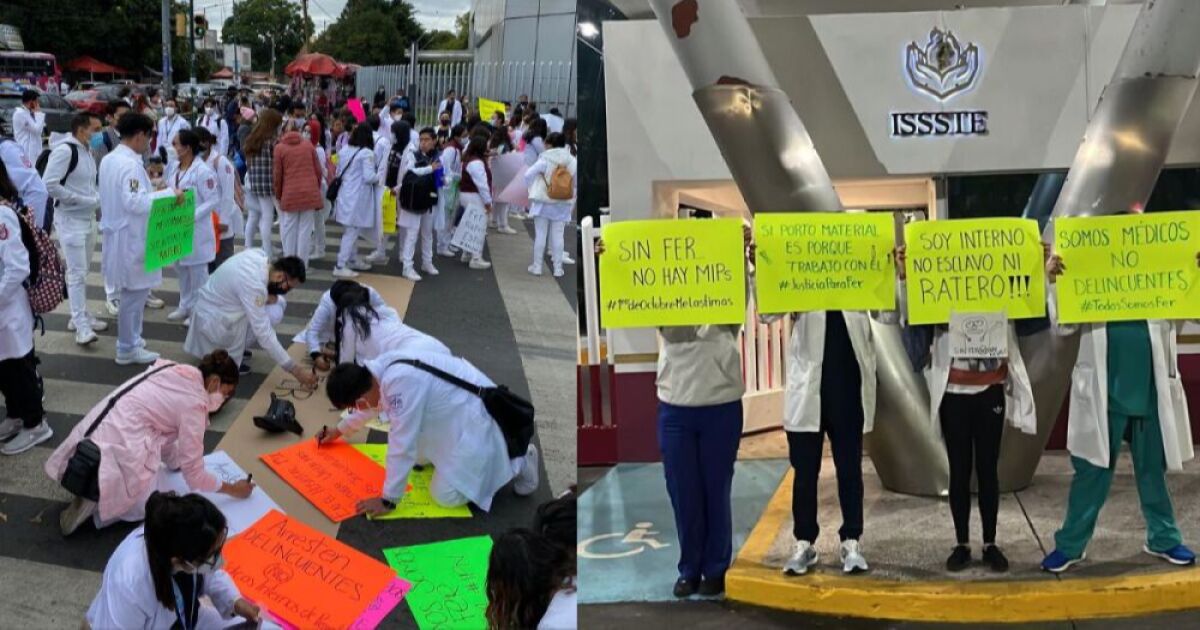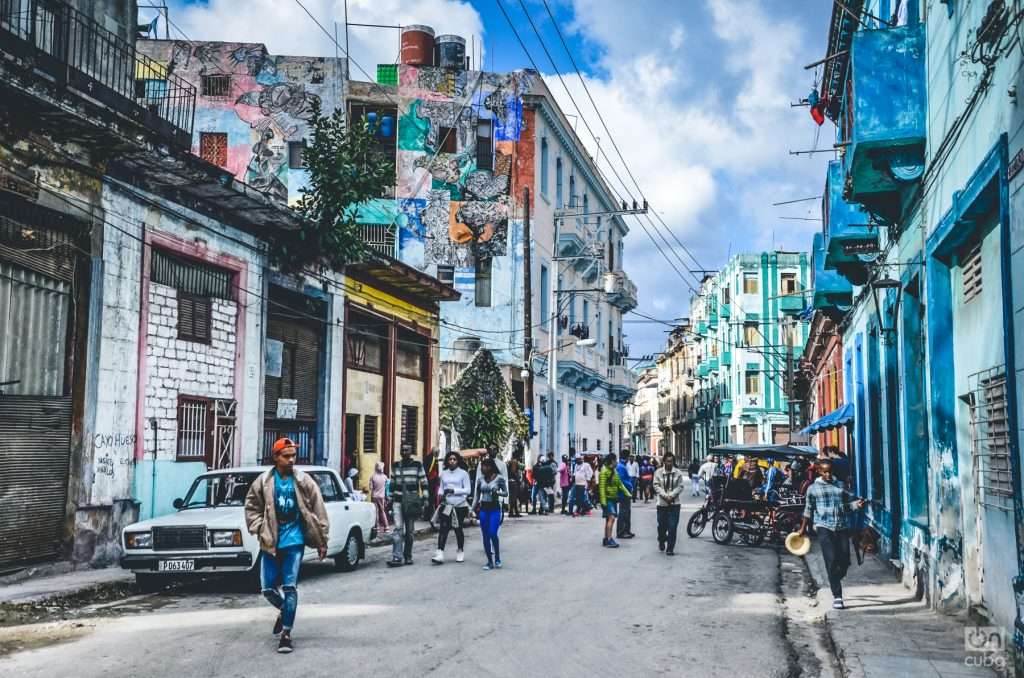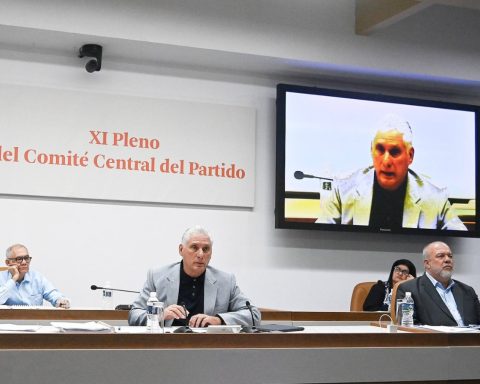“It is one is a strong hand within hospitals. There are the cases in which those with the highest hierarchical rank, let’s say, the assigned doctors, that is, those who have a permanent position, are the only ones who can use the elevator and the residents or interns cannot. Like this situation, there are many more, ”he commented on Twitter.
“More than a formative stage, it seems like a militarized stage, that is, there is zero tolerance for mistakes. But, at the same time, there is zero tolerance and openness to any dialogue,” added Aaron Rico, from AMMIP.
Although they went through similar violent conditions, Onofre denounces that the current Heads of Education threaten and mistreat new students. Last Sunday, for example, they were threatened with not approving their social service if they participated in the strike.
“We find ourselves in a fairly rigid structure, hyper-hierarchical, that seeks to avoid the student and let him know that he is, as we call him, cheap labor to get the health system forward,” he lamented.
I am excited about everything I continue to learn and the result of ideas that my mind generates; however, this time I have bittersweet feelings about being a doctor. pic.twitter.com/7GxgpaSYLo
— Dr. Cinthya Flores (@DraCinthyaF)
October 24, 2022
The “white coat revolution”
After the national strike, the Secretary of Health, Jorge Alcocer, announced that they seek to increase the amount of scholarships that are allocated to doctors in training.
Although the medical students doubt that this will materialize, they do see that the possible changes are the result of their struggle.
“It is the least that a doctor in training deserves, but it seems unrealistic to us. Because it means doubling what we earn, which is around 1,800 pesos a month. Our whole life is spent in the hospital for 1,800 pesos. If they say it to calm the population, I think it is a very serious lack of ethics. And, furthermore, it is an aspect of everything that needs to be improved,” said Onofre.













